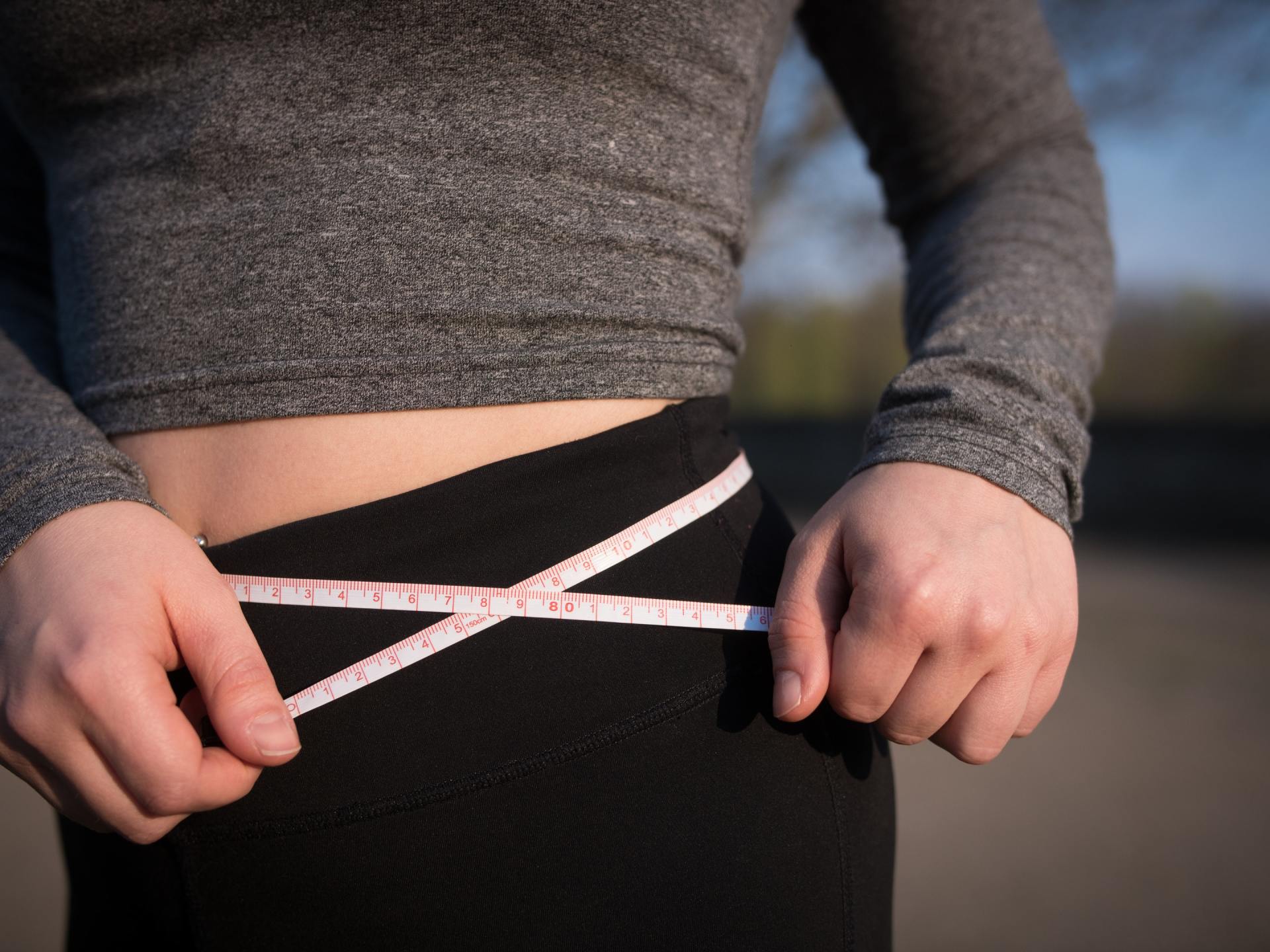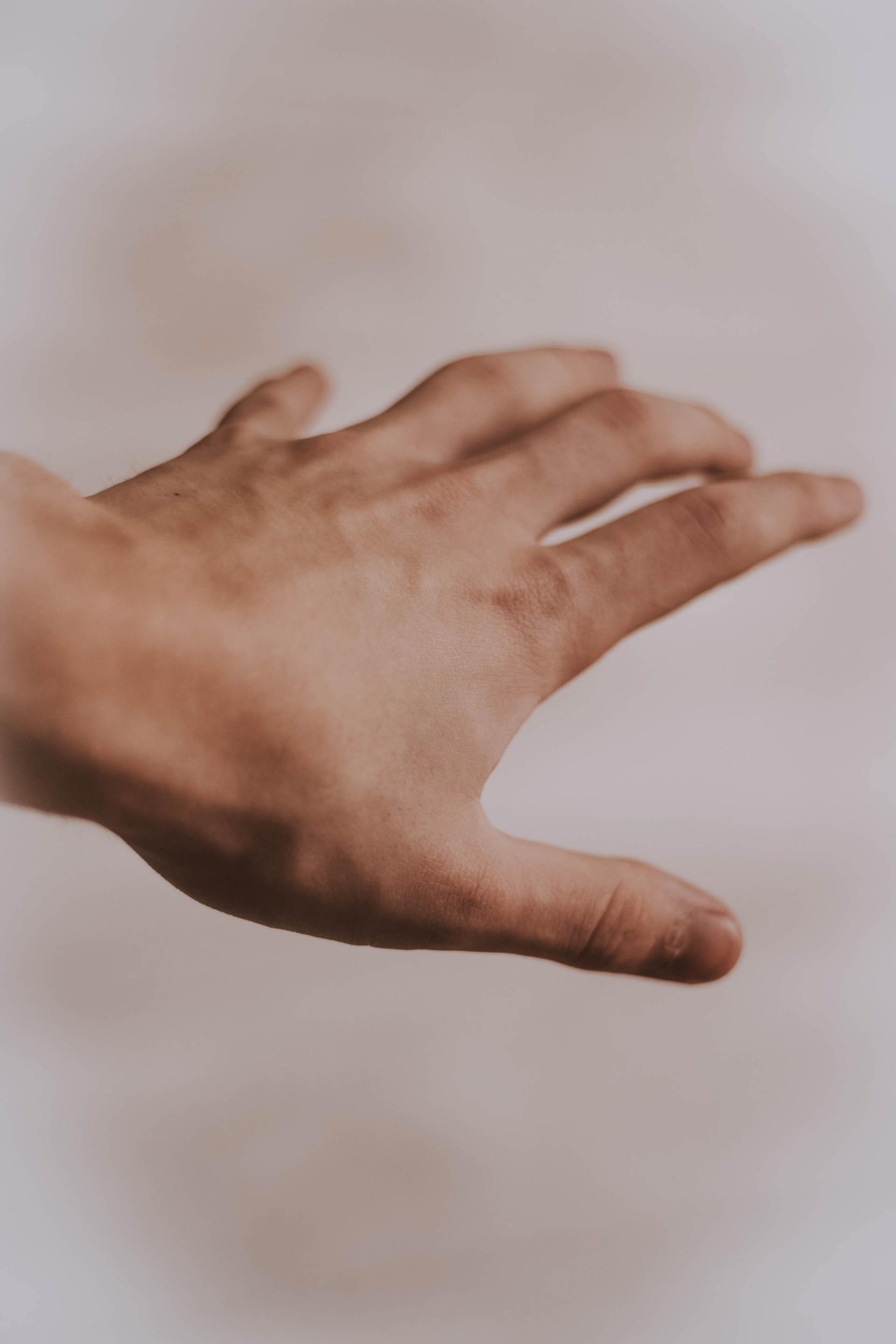Blog

Types of hair removal (not all-inclusive list) Shaving : (cheap, easy, quick, duration 1-3 days) Cutting the hair shaft at skin level with a sharp razor. The easiest method we rely on, and one of the cheapest, is also one that can leave our skin bumpy, stubbly and even bloody. When hair is cut at an angle it may tend to grow inward and cause “ingrown hairs” especially if curly in nature. This may cause inflamed and bumpy skin (infection) that may not resolve until hair is removed. Depilatory creams : (more expensive than shaving, easy, quick, 1-2 weeks duration) This technique uses chemicals that dissolve the hair shaft to skin level or a little below. Less likely to get ingrown hairs. Just make sure to read labels and follow instructions very carefully, and to test the cream on a small patch of skin on your arm or leg to check if you’re allergic and before trying it on more sensitive areas. Depilatory creams dissolve hair in minutes, but they tend to smell like wet dog mixed with gasoline. Waxing : ($, painful, duration is like depilatory creams) Waxing involves applying hot or cold wax to an area and removing the wax, together with the body hair, with a strip of cloth. This breaks the hair shaft at skin level or below. You can do it on your legs, underarms, bikini area, eyebrows, and upper lip – but it’s best left to the professionals. If you’re a seasoned “waxer” and know what to expect in terms of pain and aftercare, ready-to-use wax strips can be locally purchased and utilized as DIY. Sugaring : ($, can be DIY, similar duration to waxing) Sugaring is like waxing, but the method uses sugar mixed with a paste or gel instead of wax. It’s a traditional hair-removal method popular in the Middle East. Recommend having it professionally done if it’s your first time to try it out. Reportedly less painful. Threading: (cheap, quick, painful, longer duration than shaving) Threading involves twisting a piece of thread together (hence, the name) to trap hair in the area where the thread intersects. By doing this, each hair is pulled out from the root, like tweezing or waxing. Small areas of the body are best for threading, like your eyebrows or upper lip. Results like waxing but for areas sensitive to waxing or creams. Threading is best done by a professional, especially if you’re getting it done on your eyebrows for quality shaping. Usually a cooling gel is applied afterwards to reduce redness and swelling. Tweezing : (cheap, easy, quick, painful, similar duration to waxing) Plucking hair with tweezers causes hair shaft breakage and is usually used in fine sensitive areas, DIY or professionally performed. Because tweezing involves removing hair one by one, this won’t work so well on large areas. Tweezing would be best for removing strays post-shave or wax. Attempt to tweeze in the direction of the hair growth. Epilation : (special equipment, painful, similar duration to waxing) Epilation is like high-tech tweezing. An epilator has a series of small tweezer heads on a spinning wheel and plucks out your hair from the root as you roll it over your skin. If this sounds painful its because it usually is. Eflornithine hydrochloride cream (Vaniqa) : ($$, possible side effect, long duration hair follicle growth deterent) Not an exfoliant that dissolves the hair shaft but reduces hair growth by enzymatic blockage. Women who feel they have been plagued by little chin hairs or thick facial hair can now benefit from this effective, but costly, prescription product. After approximately two months of twice daily use, the cream slows down hair growth. Electrolysis : ($$, time consuming, less painful, permanent hair follicle eradication) Usually performed by a professional who places a tiny needle with an electric current in the hair follicle. There are two primary hair removal methods with electrolysis: galvanic and thermolytic. -Galvanic hair removal chemically destroys the hair follicle. -Thermolytic removal uses heat to destroy the follicle. In either case be sure to find a professional who is highly trained and knowledgeable. You can get electrolysis on any part of the body. Electrolysis is a permanent way to remove hair. That said it is possible to see hair growth in a region previously treated. The secondary growth you see will not be the same hair that has been treated. It takes anywhere from three to ten weeks for some hair to grow, and a percentage of hairs in a given area can lay dormant under the skin. Important Note: Permanent hair removal applies to follicle damage of active growth hair unit. Because hair can be in one of four growth stages only about 25-30% of any given hair shaft seen at skin surface is amenable to follicular damage. After spending the time and energy of electrolysis on a given area it is sometimes frustrating to find hair growth returning weeks or months later. These represent hair shaft/follicles that were not seen or were missed by prior treatments.










